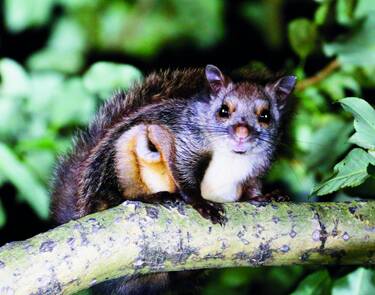
Grooved-toothed flying squirrels like to build nests in tree holes of tall trees. The nests are built in dead tree holes, with the hole openings ranging from 5 to 10 meters from the ground. The hole openings are small, about 10 cm, and the hole depth is about 50 cm. The nests are made of birch bark...
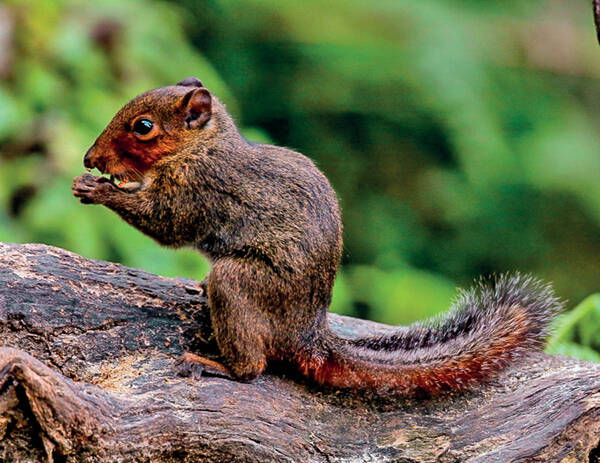
The red-cheeked long-nosed squirrel (scientific name: Dremomys rufigenis) is an animal of the family Sciuridae and the genus Dremomys. It lives a semi-arboreal life, is good at climbing and jumping, and likes to live in groups. It is more active at dawn and dusk, mainly active in bushes and forest e...
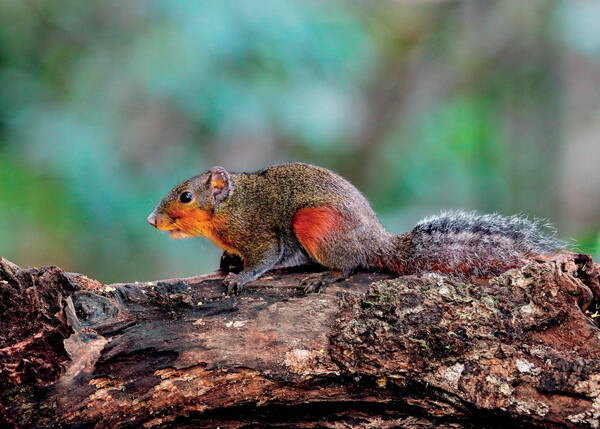
The red-legged long-nosed squirrel (scientific name: Dremomys pyrrhomerus) is a protected species unique to my country and belongs to the family Sciuridae. It mainly lives in dense forests and has similar living habits to gray squirrels. It likes to be active in the morning and evening. It mainly ea...
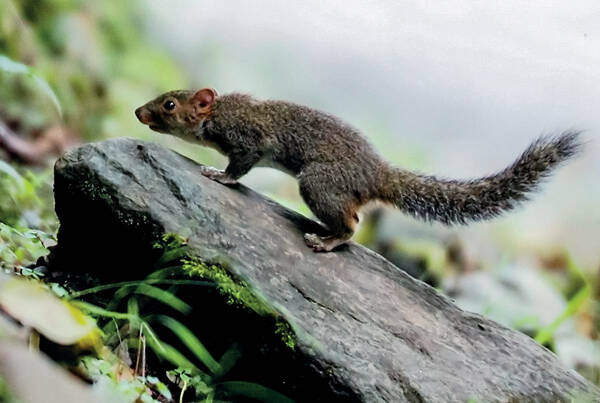
Pernyi's long-nosed squirrel (scientific name: Dremomys pernyi) is an animal of the Sciuridae family and the genus Dremomys. It mostly lives in subtropical forests, especially in tropical rainforests and trees near river valleys and streams.Perkins's long-nosed squirrels mainly live in trees...
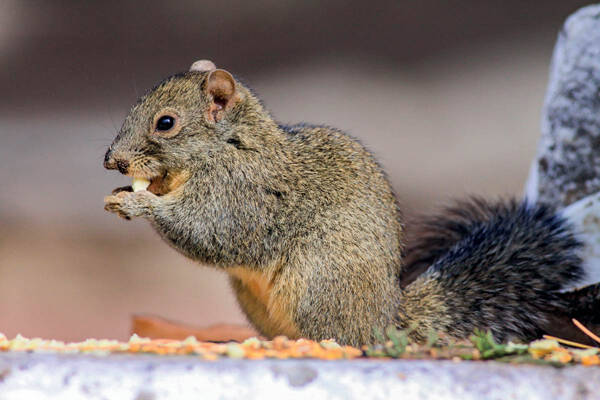
The orange-bellied long-nosed squirrel (scientific name: Dremomys lokriah) belongs to the family Sciuridae, also known as the Himalayan orange-bellied long-nosed squirrel and the Tibetan long-nosed squirrel. It usually lives in the cycad forest at an altitude of 1500-3400 meters or the woods at 2000...

The striped squirrel, also known as the five-striped squirrel, is an endangered species. The back of the body is olive brown-gray with obvious red, and the back is the darkest. The chin and throat are gray with a slight red; there is a dark stripe in the center of the ventral surface and on both out...
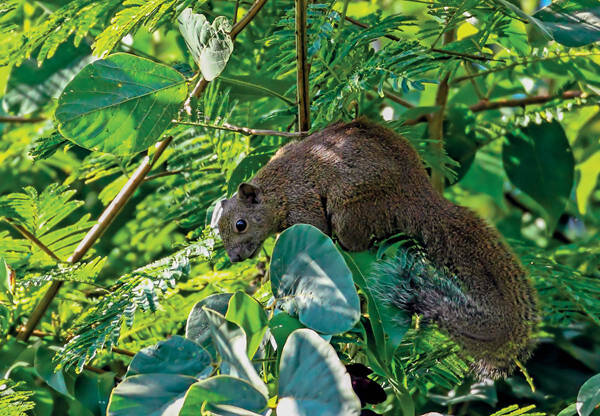
Blue-bellied squirrels are distributed in southwestern China, including southern Yunnan and Medog in southeastern Tibet. There are 8 subspecies of blue-bellied squirrels, and only one subspecies in China, namely the Yunnan subspecies.Blue-bellied squirrels are diurnal and usually act alone. They fee...

The yellow-handed squirrel is also called the yellow-footed squirrel, yellow-bellied squirrel, yellow squirrel, and Philippine squirrel. It is slightly larger than the red-bellied squirrel. It has a narrow distribution area and a small number of species. It is a rare species.It lives in tropical rai...
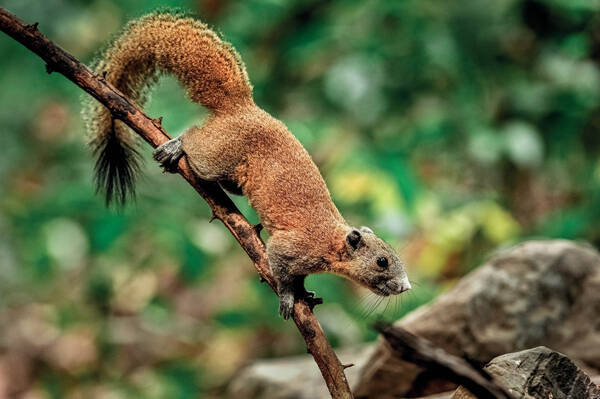
Red-bellied squirrels, also known as red-bellied squirrels, are arboreal animals. They mostly live in trees, using the branches of branches to build a frame with small sticks, surrounded by leaves and fine grass to climb things, and look like a bird's nest from the outside. Some also use the hol...
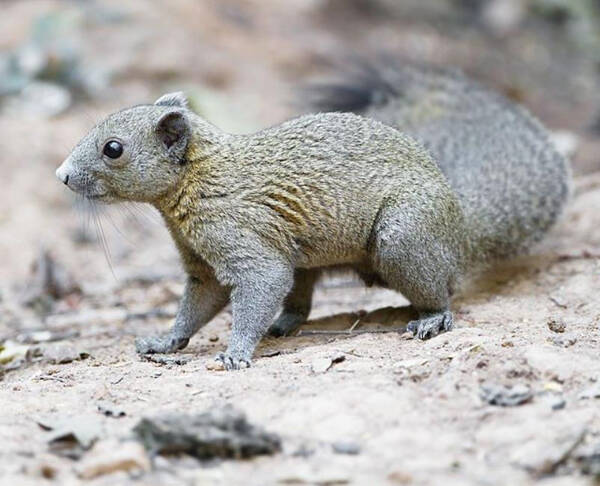
The golden-backed squirrel (scientific name: Callosciurus caniceps) is an animal of the genus Callosciurus, native to western Malaysia, Thailand and southern Myanmar. It has been artificially introduced to the Ryukyu Islands. In China, it is distributed in Kaohsiung, Taiwan and other places. The typ...
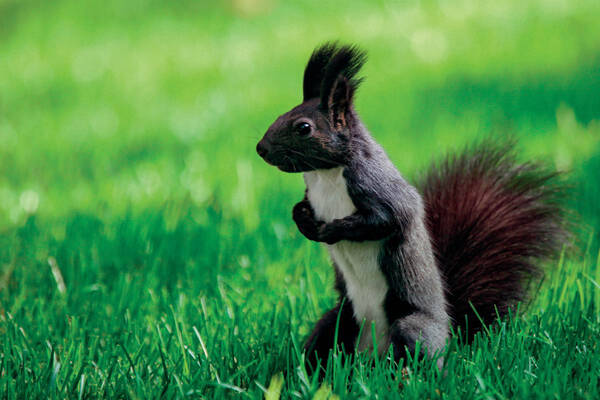
Northern squirrels mainly live in temperate and subarctic coniferous forests or mixed coniferous and broad-leaved forests. They build nests in large trees and are good at jumping. They mainly feed on seeds of trees such as pine trees, and also eat mushrooms, young shoots, wild fruits and insects. Th...
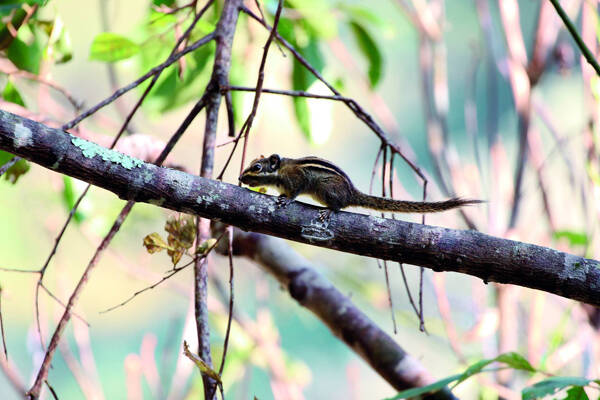
The chipmunk lives in subtropical and temperate evergreen broad-leaved forests, coniferous forests and bushes near farmland. It usually builds nests in tree holes, tree branches or cracks on cliffs. It is active frequently at dawn and dusk. The food is mainly plant fruits, young shoots, seeds, and i...
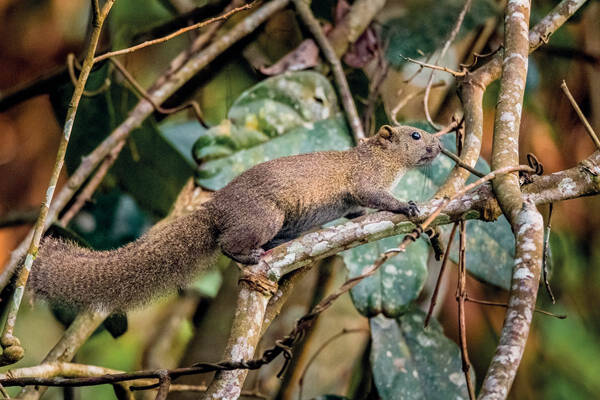
Indochinese squirrels are arboreal animals, distributed in southern Yunnan (Xishuangbanna, Jiangcheng, Luchun, Jinping and Hekou east of the Lancang River). They live in tropical rainforests and monsoon forests below 1,000 meters above sea level, mostly active on low trees at the edge of the forest....